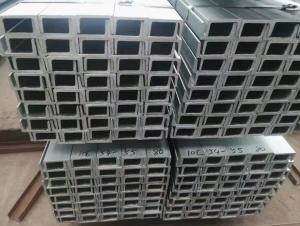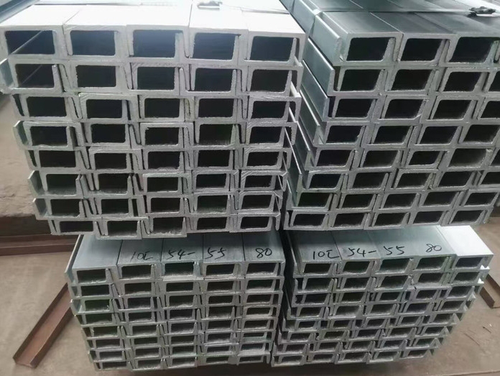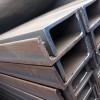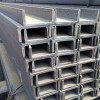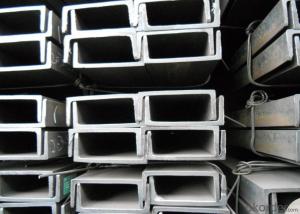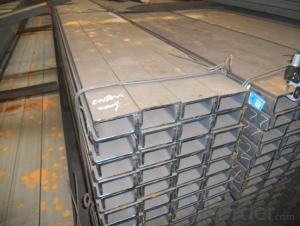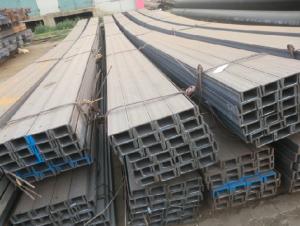ms channel bar u channel black galvanized steel channel section
- Loading Port:
- Tianjin
- Payment Terms:
- TT OR LC
- Min Order Qty:
- 25 m.t.
- Supply Capability:
- 200000 m.t./month
OKorder Service Pledge
Quality Product, Order Online Tracking, Timely Delivery
OKorder Financial Service
Credit Rating, Credit Services, Credit Purchasing
You Might Also Like
Specification
Standard:
ASTM,EN,JIS
Technique:
Hot Rolled,Cold Rolled
Shape:
U Channel
Surface Treatment:
Galvanized,Black
Steel Grade:
Q235B,Q355B,SS400,S235JR,ASTM A36 ect
Certification:
SGS,BV
Thickness:
4.5-12.5
Width:
50-400
Length:
1-12m or customized
Net Weight:
5.438-65.208kg/m
We supply ms equal & unequal angle bar, channel bar,jis channel, upn, steel i beam,h beam, ipe, ipeaa, steel sheet pile, flat bar, hollow section, tmt bar, wire rod, binding wire, wire mesh, hrc, CRC, gi coil, ppgi, roofing sheet, chequered coil & plates, medium plate, scaffolding systems, prefabricated container houses etc. Also for metal & steel processing.
If you are in the market for any steel products, please feel free to contact us.
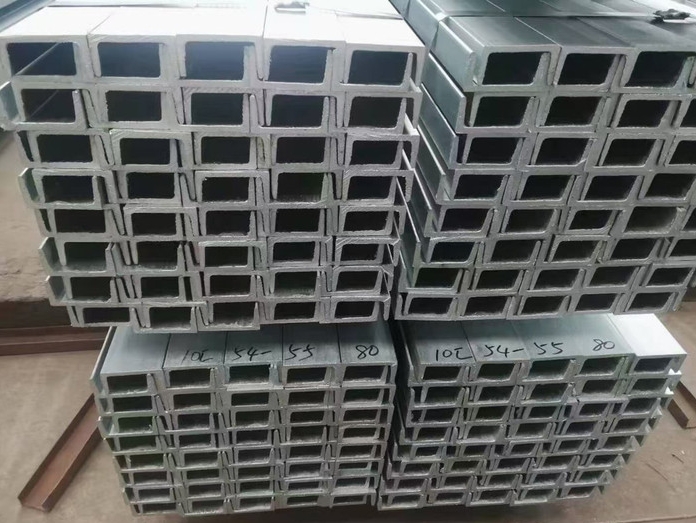

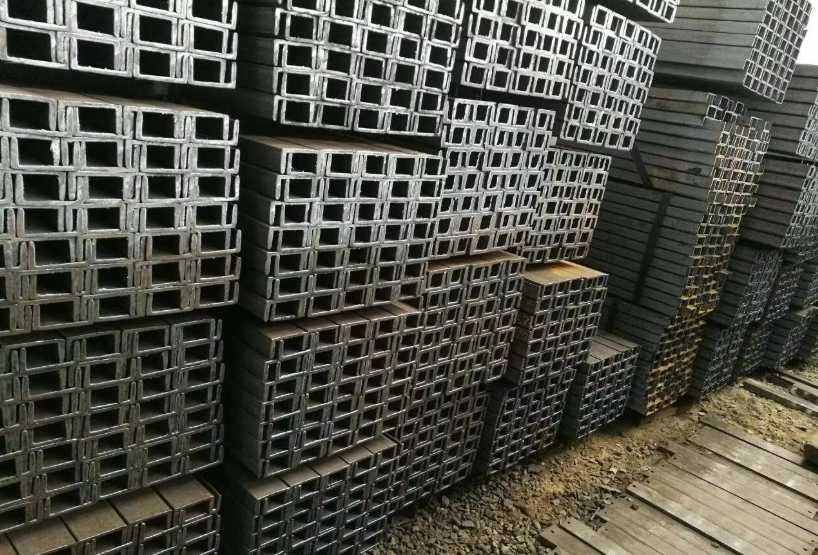
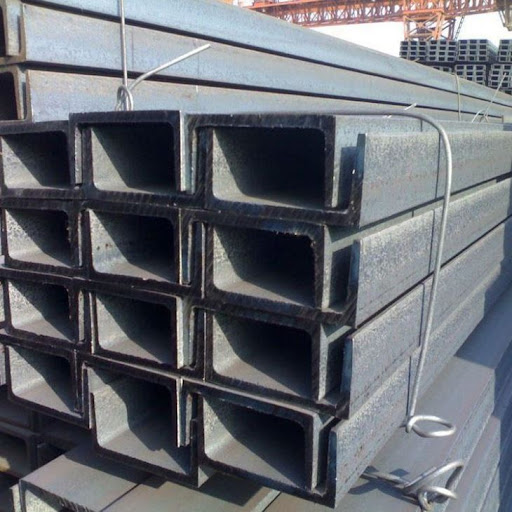
- Q: How do steel channels contribute to the overall safety of a structure?
- Steel channels contribute to the overall safety of a structure by providing structural support and stability. They are used to reinforce beams, columns, and frameworks, enhancing the load-bearing capacity of the structure. Additionally, steel channels can help distribute and redirect forces, such as those caused by wind or seismic activity, reducing the risk of structural failure. Their high strength and durability make them resistant to deformation and ensure long-term stability, further enhancing the safety of the entire structure.
- Q: Can steel channels be used for mezzanine flooring?
- Yes, steel channels can be used for mezzanine flooring. Steel channels are commonly used in construction for their strength and durability, making them suitable for supporting the weight and load of mezzanine flooring. They provide structural support and can be securely fastened to create a stable and safe flooring solution.
- Q: How do steel channels compare to other materials like wood or aluminum?
- Steel channels outperform other materials such as wood or aluminum in several ways. To begin with, steel channels are renowned for their exceptional strength and durability. They can withstand heavy loads without damage or deformation, making them ideal for industries like construction or manufacturing that demand structural integrity and stability. In contrast, wood channels have limited weight-bearing capacity and are prone to rot, warping, and termite infestation. Meanwhile, aluminum channels may not possess the same level of strength as steel, rendering them unsuitable for heavy-duty applications. Furthermore, steel channels provide excellent fire resistance. Unlike wood, which is combustible, steel channels do not contribute to the propagation of fire. Consequently, they are a safer choice in settings where fire safety is a concern, such as commercial buildings or industrial facilities. Another advantage of steel channels is their low maintenance requirements. Steel is resistant to corrosion, rust, and decay, eliminating the need for regular treatment or painting to maintain structural integrity. Conversely, wood channels necessitate periodic staining, sealing, or repainting to prevent deterioration, while aluminum channels may require coating or anodizing to guard against corrosion. Moreover, steel channels are readily available and cost-effective. Given the widespread use of steel in various industries, steel channels are easily accessible. Additionally, the production of steel channels is efficient and cost-effective, making them a more affordable option when compared to materials like wood or aluminum. However, it is important to acknowledge that each material possesses its own unique properties and advantages. For instance, wood offers a natural and aesthetic appeal that cannot be replicated by steel. On the other hand, aluminum is lightweight and boasts good thermal conductivity, making it suitable for specific applications. In conclusion, steel channels excel in terms of strength, durability, fire resistance, low maintenance requirements, and cost-effectiveness when compared to materials like wood or aluminum. They are particularly well-suited for applications that demand strength, longevity, and fire safety.
- Q: Reasons for opening holes on channel steel
- In order to make concrete filling into here to go inside, so that there would be no empty embedded sound supervision acceptance will not say do not realize as the filling.
- Q: After the type of channel is not marked A or B, which shall be calculated?
- For safety reasons, according to the A calculation, the weight of the material can be calculated according to B to avoid the insufficient use time
- Q: What are the different methods for connecting steel channels?
- There are several methods for connecting steel channels, including welding, bolting, and using mechanical fasteners such as screws or rivets. The choice of method depends on factors such as the structural requirements, load-bearing capacity, and the desired level of flexibility or adjustability in the connection.
- Q: Can steel channels be used in the construction of elevated walkways?
- Yes, steel channels can be used in the construction of elevated walkways. Steel channels are commonly used in construction due to their strength, durability, and versatility. They provide excellent support and can withstand heavy loads, making them suitable for elevated walkway structures.
- Q: What is the difference between the main keel and the angle steel and the channel steel?
- Channel steel is a strip of steel with a cross section. Section steel with groove shape.Channel steel is a kind of carbon structural steel used for construction and machinery. It is a complex section steel. Its cross section has a groove shape. Channel steel is mainly used in building structure, curtain wall engineering, mechanical equipment and vehicle manufacturing, etc.. In use, it requires better welding, riveting performance and comprehensive mechanical properties. The raw material steel billet for channel steel is carbon or low alloy steel billets with a carbon content of not more than 0.25%. The finished channel steel is delivered by hot forming, normalizing or hot rolling. The specifications are expressed in millimeters of height (H) * leg width (b) * waist thickness (d), such as 100*48*5.3, which means waist height is 100 mm, leg width is 48 mm, waist thickness is 5.3 mm channel, or 10# channel steel. The same height of the channel, if there are several different leg width and waist thickness, also need to add a, B, C on the right side of the model to distinguish, such as 25#a, 25#b, 25#c and so on.
- Q: Are steel channels available in different finishes?
- Yes, steel channels are available in different finishes. Steel channels can be finished using various methods such as galvanization, powder coating, painting, or simply leaving them untreated. Galvanization involves applying a layer of zinc to the steel, which provides corrosion resistance and a shiny metallic finish. Powder coating involves applying a dry powder to the steel and then baking it to create a durable and attractive finish. Painting is another common finish where a layer of paint is applied to the steel channels to provide protection and enhance aesthetics. Additionally, steel channels can also be left untreated, which gives them a natural, raw appearance. The availability of different finishes for steel channels allows customers to choose the most suitable option based on their specific requirements in terms of protection, appearance, and functionality.
- Q: Are steel channels suitable for load-bearing walls?
- Typically, steel channels are not suitable for load-bearing walls. These walls are designed to bear the weight of a building or other structural elements, so they require materials that possess high compressive strength and stability. Steel channels, also referred to as C-channels or U-channels, are commonly utilized for non-structural purposes such as framing and supporting secondary components like cladding or drywall. They lack the necessary structural properties to withstand heavy loads and may not provide the required stability and rigidity. Load-bearing walls are typically constructed using materials like concrete, masonry, or steel beams that are specifically engineered to handle the forces involved in supporting a structure.
Send your message to us
ms channel bar u channel black galvanized steel channel section
- Loading Port:
- Tianjin
- Payment Terms:
- TT OR LC
- Min Order Qty:
- 25 m.t.
- Supply Capability:
- 200000 m.t./month
OKorder Service Pledge
Quality Product, Order Online Tracking, Timely Delivery
OKorder Financial Service
Credit Rating, Credit Services, Credit Purchasing
Similar products
Hot products
Related keywords
